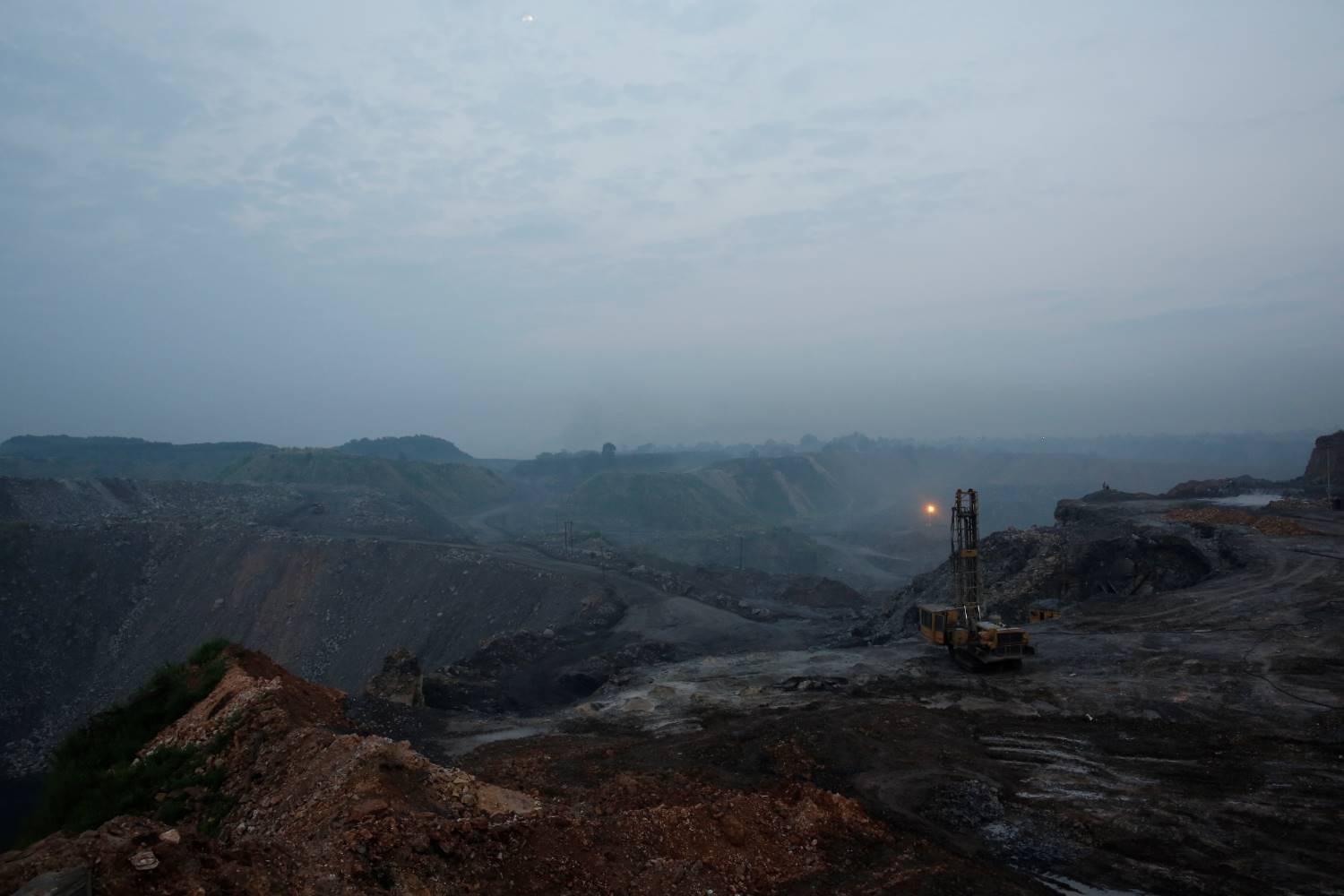
Despite better awareness and technological advances, the severity of the global dust problem is rising alongside its scope. Climate change and deforestation are clear candidates for blame as the world steadily sinks into what’s been called an ‘arid crisis’.
A lack of moisture allows vast expanses of land to dry out, transforming them into barren grounds effortlessly swept away by winds. Dust storms are also increasing, blowing across areas from sub-Saharan Africa to the American Southwest, highlighting that no region is immune from the problem of dust.
Several factors contribute to the worsening global dust problem:
These anthropogenic factors intensify dust production, dispersing it across a wider geographical area. And this means the global dust problem’s consequences are dire and worsening with higher populations.
Dust storms are another (semi) natural phenomenon that are increasing in prevalence. Dust storms not only reduce air quality, causing respiratory issues for humans and animals alike, but also have far-reaching ecological impacts.
The impacts of dust storms serve as a reminder of the interconnectedness between nature and human activities, highlighting the need for proactive measures to mitigate and adapt to these events.
Here are the impacts of dust storms at a glance:
These impacts and more serve to remind us of the interconnectedness between nature and anthropogenic activities, underlining the need for proactive measures to mitigate and adapt to the problem. With that said, let’s dive into some of the modern solutions being developed to help ease the rising dust issue.
Given the scale of the issue, it might seem like the dust problem is insurmountable. However, impressive work is being done around the globe to mitigate the problem, but to be successful; these initiatives will demand close international collaboration.
Countries are urged to prioritise sustainable land management practices, reforestation efforts, and enhanced regulation of industrial pollution, which many are already pursuing. Collaboration also ensures there is a free exchange of knowledge and that current best practices are adopted.
These aspects can often include:
Education campaigns on the importance of careful soil use and conservation are also paramount. With concerted efforts, it’s believed we can start to reverse the current trajectory, easing the potentially devastating effects of the dust crisis. But the time to act is now, for the sake of our planet and future generations.
If dust control is an issue for your construction, exploration or resource business, check out GRT’s tailored solutions, including our industry-leading SMART Dosing Units.
Or, if you’d like to talk with an expert, simply contact us!
Your feedback is important to us.
If you enjoyed reading this Global Road Technology industry update and found it informative, please let us know by leaving a REVIEW.
Are environmental regulations, health and safety concerns or potential profit loss a concern right now?
Contact Us Now